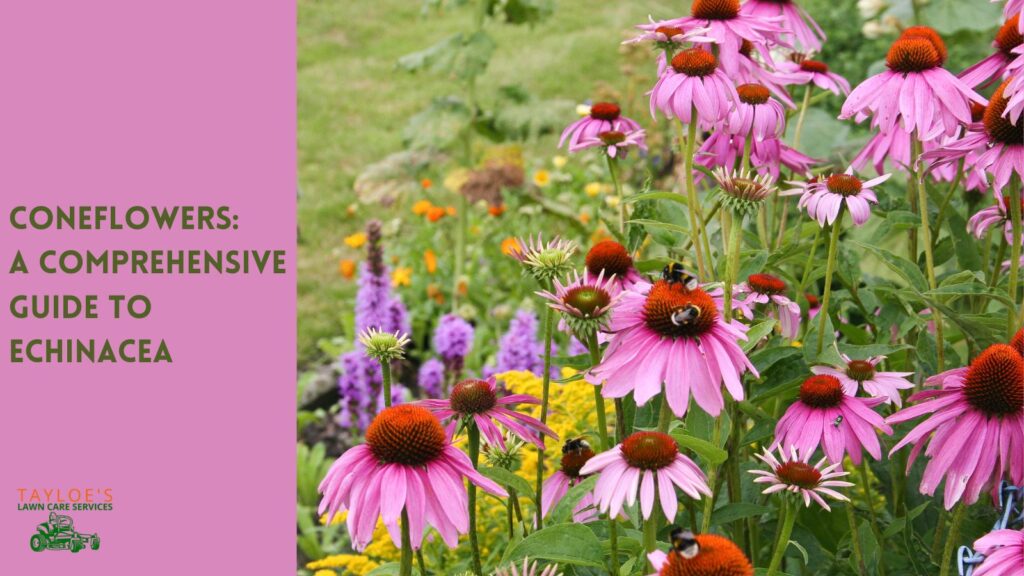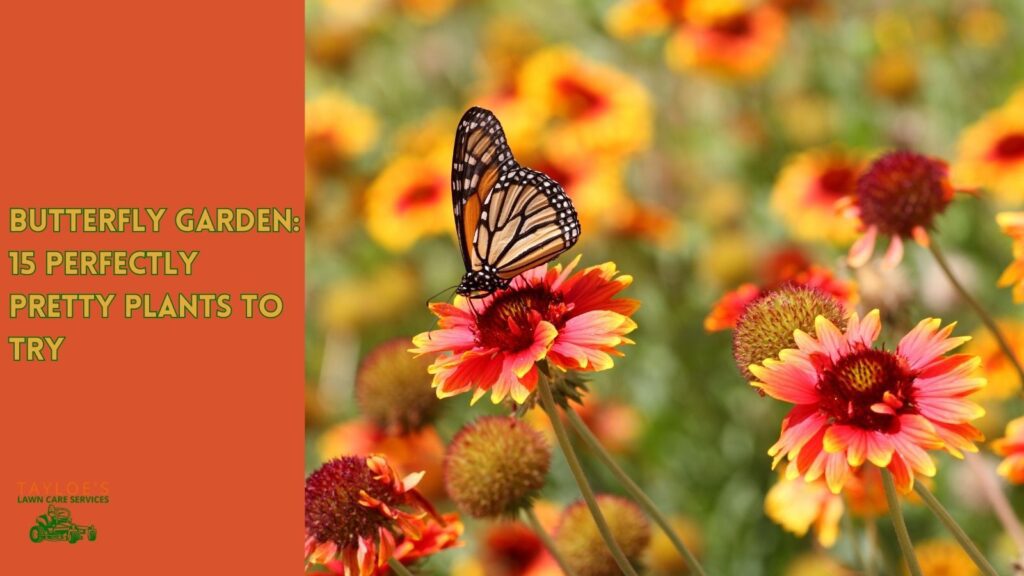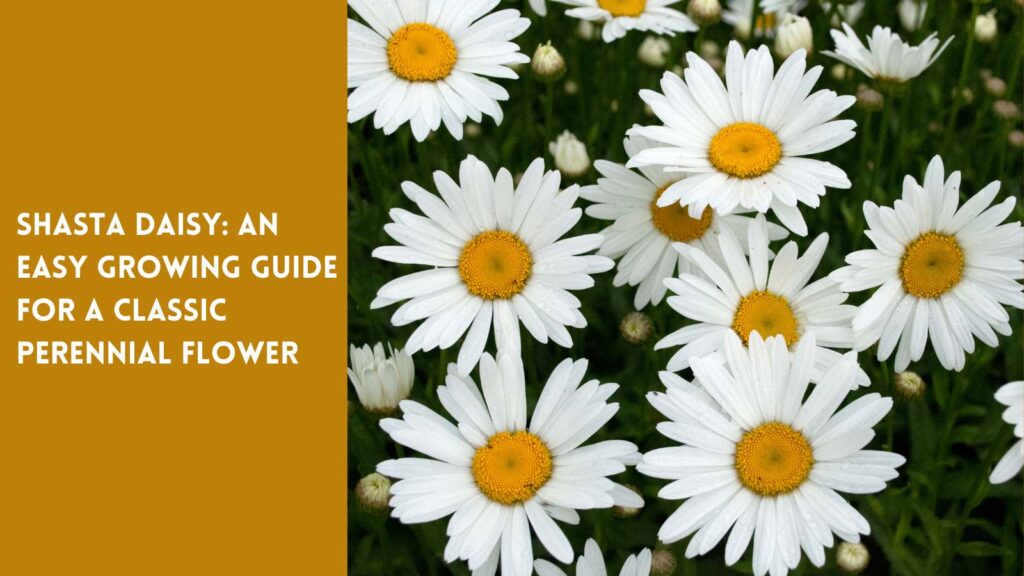Last Updated on: 30th October 2023, 05:20 pm
Perennial purple flowers are famous for their hardiness and good looks.
Few plants are as versatile and resilient as the Russian Sage (Perovskia atriplicifolia). This silver-leaved perennial originated from central Asia and has gained popularity worldwide due to its vibrant appeal and adaptability. This comprehensive guide will delve into everything you need to know about this beautiful plant, from its physical characteristics to its planting and care requirements.
Understanding Russian Sage
The Russian Sage is a perennial plant distinguished by its delicate, spire-shaped lavender-blue flowers and silver-gray foliage. Its stems are square, a common trait in the mint family it belongs to. As the plant matures, it can reach a height of three to five feet and spread two to four feet wide, creating a beautiful display in any garden.
This gorgeous, low-care perennial thrives in USDA hardiness zones 4 through 9, making it an excellent choice for various climates. Its tough and resilient nature allows it to withstand extreme hot and cold temperatures.
The Ideal Growing Conditions You Need for Perovskia atriplicifolia
Adequate sunshine is vital for Russian Sage’s growth. The plant requires total sun exposure for optimal blooming, requiring at least six hours of direct sunlight daily. It also has low to average water requirements, proving drought-tolerant once established. It’s a perfect plant for gardeners looking for low-maintenance yet attractive options.
Russian Sage prefers well-draining soil and is tolerant of various soil types, including sandy, loamy, and clay. It can handle alkaline soil conditions well, often found in its natural growing conditions. University of Arkansas Agricultural Extension experts say this:
Growing the Russian sage is easy. The plants are extremely drought tolerant, so don’t put them in a poorly drained soil, especially if it is wet in the winter. It should be planted in full sun. Once established it has tremendous drought tolerance.
Gerald Klingaman, retired
University of Arkansas Extension Horticulturist – Ornamentals
Planting Russian Sage
Ideal locations to plant Russian Sage in your garden include areas with full sun exposure and well-draining soil. These plants can serve as a stunning backdrop when planted behind shorter perennials in a mixed border.
When planting, ensure that the hole is twice as wide and the same depth as the root ball. Space the plants about 2 to 3 feet apart to allow for proper air circulation.
Caring for Russian Sage
Caring for Russian Sage is relatively straightforward. Water the plants thoroughly after planting, then reduce watering as the plants establish. They’re drought-tolerant, so they only need watering during prolonged dry spells.
Pruning is necessary to maintain a neat shape. It’s best to do this during the early spring, cutting back to just above the lowest bud. As for pests and diseases, Russian Sage is resistant to most common garden pests, making it an excellent choice for organic gardening.
Companion Planting with Russian Sage

Companion planting is an art as much as it is a science, and selecting the right companions for Russian Sage can transform your garden into a vibrant, harmonious ecosystem. When carefully paired, companion plants can complement each other in terms of color, height, and bloom time, as well as providing mutual support against pests and diseases.
Let’s dive a bit deeper into why coneflowers, yarrows, sedums, and ornamental grasses make such excellent companions for Russian Sage:
- Coneflowers (Echinacea): These native North American perennials are known for their large, daisy-like flowers, often bright pink or purple, and sturdy stems. Coneflowers bloom in summer heat, just as Russian Sage is hitting its stride. Their vibrant, warm hues contrast sharply against Russian Sage’s cool, silvery blue.
- Yarrows (Achillea): Yarrows are another group of perennials that come in various colors, from soft pastels to rich, deep tones. They share a similar love for full sun and well-drained soil with Russian Sage. Their fern-like, often darker green foliage contrasts nicely with the Russian Sage’s silvery leaves, and their clustered blooms add a different texture to the garden scene.
- Sedums: These succulent plants come in various forms, from low-growing ground covers to upright perennials. Sedums are incredibly hardy and tolerant of dry, rocky soils. Their fleshy, often dark or bright green leaves provide a beautiful contrast to Russian Sage. Plus, sedums that bloom in the late summer or fall continue the color show in your garden once the tall sage blooms start to fade.
- Ornamental Grasses: Grasses like switchgrass (Panicum) or fountain grass (Pennisetum) provide a beautiful textural contrast to the lavender or purple blooms. Their vertical growth habit can match the height of Russian Sage, creating a balanced look. In the breeze, the flowing motion of these grasses can add a dynamic element to your garden, contrasting nicely with the more rigid structure of Russian Sage.
Pairing Russian Sage with these companions maximizes the visual appeal of your garden. Besides that, it creates a diverse plant community, promoting a healthier ecosystem within your yard.
Using Perovskia atriplicifolia in Your Landscape Design
With its silvery foliage and tall, spire-like flowers, this beauty is a versatile plant that can be incorporated into various garden styles. Here are a few suggestions for where you might consider planting it:
- Rock Gardens: The hardy nature of this perennial flower allows it to thrive in rocky, arid conditions that other plants might find challenging. The plant’s silvery foliage beautifully contrasts with the rocky landscape, while its lavender-blue flowers add a touch of color and softness.
- Borders: Given its height and spread, Russian Sage is a fantastic border choice. Planting it at the back of a mixed border allows shorter plants to provide a contrasting foreground, creating depth and interest in your garden layout.
- Pollinator Gardens: Russian Sage’s intense scent and vibrant color are beautiful to pollinators. Bees, butterflies, and hummingbirds are drawn to the plant, making it a fantastic addition to a pollinator garden. This helps support local ecosystems and adds movement and life to your garden.
- Cottage Gardens: Russian Sage’s relaxed, free-form structure complements the traditional cottage garden style. Russian Sage adds height and color mixed with other perennials, creating a visually stunning garden tableau.
- Drought Tolerant Gardens: This perennial is an excellent choice in areas where water conservation is a concern. Once established, the plant is remarkably drought tolerant, requiring minimal watering compared to other garden plants.
Each of these applications showcases the adaptability of Russian Sage, highlighting how this plant’s unique features can bring beauty, resilience, and ecological value to a wide range of garden styles.

The Takeaway: Russian Sage Is Good-Natured, Lovely, and Versatile
The beauty and resilience of this drought-tolerant perennial make it an excellent addition to any garden. Its elegant lavender-blue flowers, hardy nature, and low maintenance requirements offer gardeners a unique blend of aesthetic appeal and convenience. Whether you’re a novice or an experienced gardener, we encourage you to look at this lovely annual.
If you enjoyed this information about Russian Sage, be sure to follow Tayloe’s Lawn Care Services, LLC on Facebook. We share regularly and have lots more gardening content planned in the coming days.
Author Profile

- Deborah Tayloe is the CEO and co-founder of Tayloe's Lawn Care Services, LLC. She has a B.S.Ed and holds certificates in soil and water management and herbology from accredited programs.
Latest entries
 GardeningSeptember 27, 2025What perennials, shrubs, and trees don’t like fall pruning (and why)?
GardeningSeptember 27, 2025What perennials, shrubs, and trees don’t like fall pruning (and why)? Trees and ShrubsSeptember 14, 2025Fall Shrub Pruning Guide (September–October)
Trees and ShrubsSeptember 14, 2025Fall Shrub Pruning Guide (September–October) Trees and ShrubsApril 22, 2025Boxwood Blight: Early identification and isolation
Trees and ShrubsApril 22, 2025Boxwood Blight: Early identification and isolation Flower GardenApril 8, 2025John F. Kennedy Rose: Hybrid tea rose with elegant white blooms
Flower GardenApril 8, 2025John F. Kennedy Rose: Hybrid tea rose with elegant white blooms






